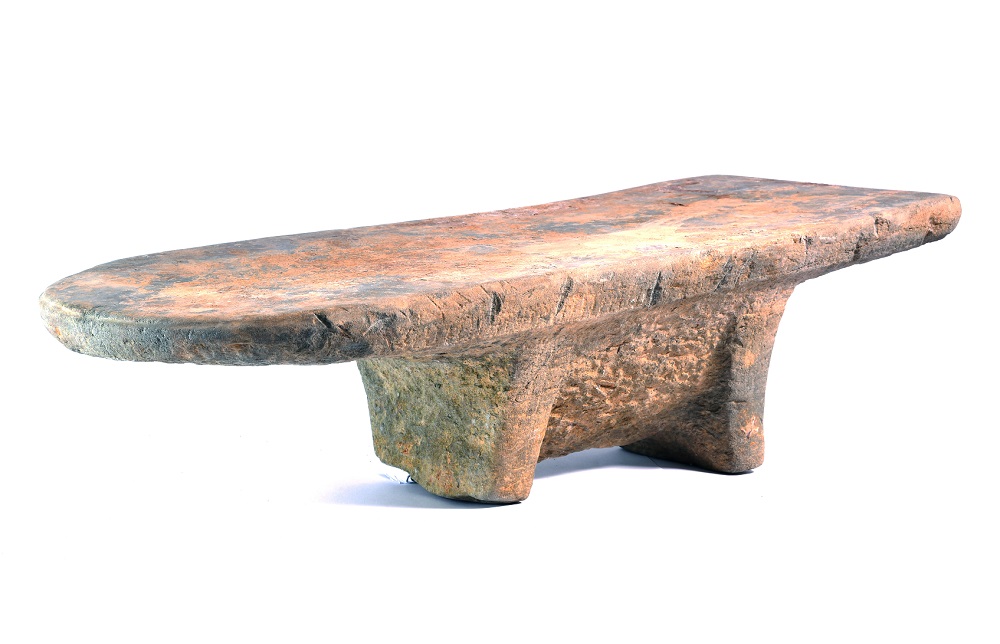Curry Hit Southeast Asia 2,000 Years Ago and Hit Hard
Posted on Categories Discover Magazine

The divine blend of spices needed to make curry first reached Southeast Asia about 2,000 years ago, when the region began trading with the Indian subcontinent, according to an analysis of ancient spice residue.
The new project analyzed 12 different spice grinding tools unearthed at the ancient trading port of Oc Eo, in modern-day Vietnam, by washing them with water and chemicals. This produced hundreds of tiny fragments that the researchers painstakingly identified (to a reasonable degree of certitude) under a microscope. The results sounded like a shopping list for making curry: turmeric, ginger, fingerroot, sand ginger, galangal, clove, nutmeg and cinnamon.
“These spices are indispensable ingredients used in the making of curry in South Asia today,” the paper says.
Read More: 5 Ancient Foods Still Eaten Today
Ancient Trading Spices
Where did all these spices comes from?
They could have come from the surrounding countryside. Farmers in Southeast Asia made many of these crops themselves, and if not, they could have imported the seeds and gotten started.
On the other hand, the turmeric could have easily come from India, where use of the spice dates back thousands of years. And the ginger and cloves may have come from India as well, or maybe China.
Cinnamon was widely traded at the time and may have come all the way from Israel.
The galangal, fingerroot and sand ginger are native to Southeast Asia and could easily have come from nearby soils. These more specialized spices are still used in the region’s curry paste.
Footed Grinding Slabs
As a testament to the spice trade’s popularity, the spice grinders made up the majority of the stone tools recovered from Oc Eo and another, nearby city called Angkor Borei. The original archaeological dig at Oc Eo found numerous footed grinding slabs, which look like little stone workbenches for grinding spices – which is what they likely were. Versions of these slabs are still sometimes used in the traditional preparation of curry.
The largest slab recovered measured 2.5 feet by 1 foot. Researchers found it buried not far from a piece of charcoal that dated to about A.D. 250, which hinted at when curry first made its way to the area.
Where the largest footed grinding slab was discovered at Oc Eo. (Credit: Nguyen Khanh Trung Kien)
Oc Eo
At that time, the city would have been not just importing and exporting goods but making them as well, according to the paper. Residents raised religious monuments and shaped metal tools, glass jewelry and pottery.
All the while, they would have worked to trade and process many different spices. Archaeologists working there even found an intact nut that dated to about A.D. 200, and it still “yielded a nutmeg aroma,” the paper says.
Now part of Vietnam, Oc Eo once belonged to the ancient kingdom of Funan, which maintained a base of power further up the Mekong River.
In Oc Eo, culture prospered between the first and eighth centuries, during the latter years of the Iron Age. As the site’s ancient canals filled with ships, Buddhism and Hinduism left their own marks on the sprawling complex, including a possible contribution to curry cooking. The need to dye the Buddhist monks’ robes yellow may have first prompted Oc Eo to import turmeric, the paper says.
Read More: The Discovery of 7,200-Year-Old Cheese and Other Ancient Food and Drink